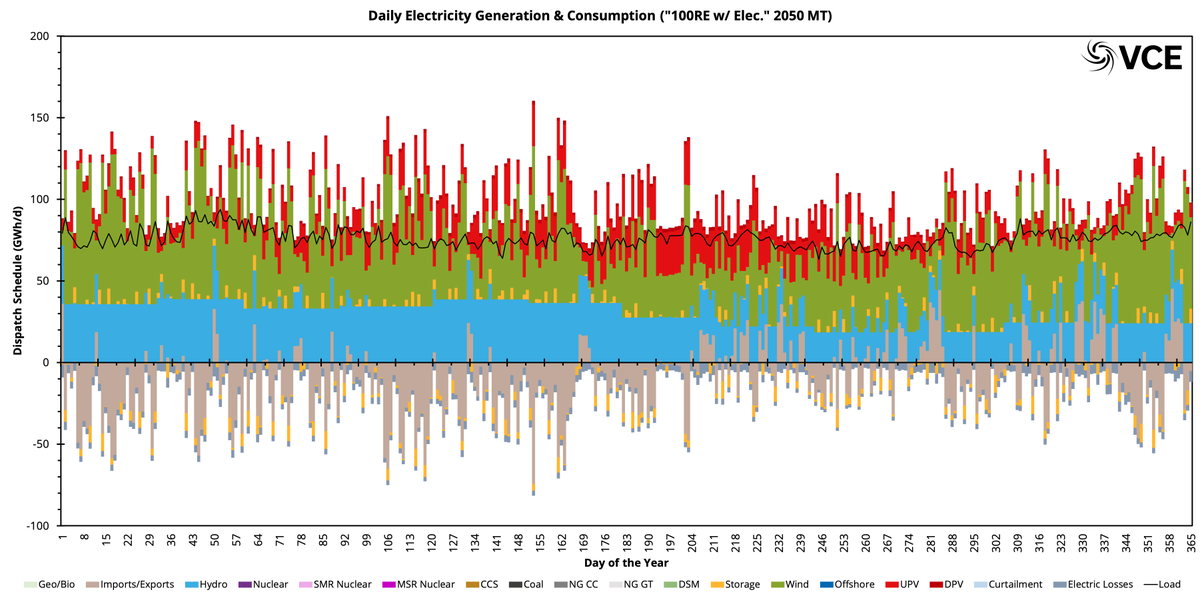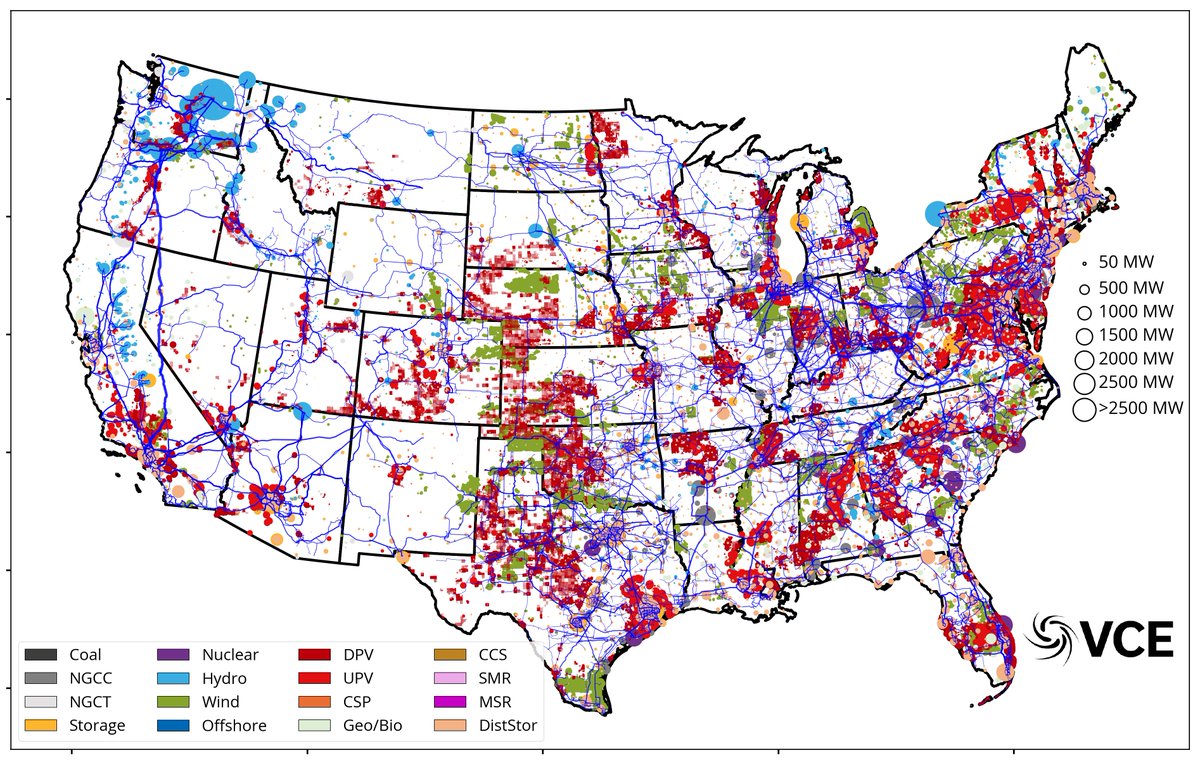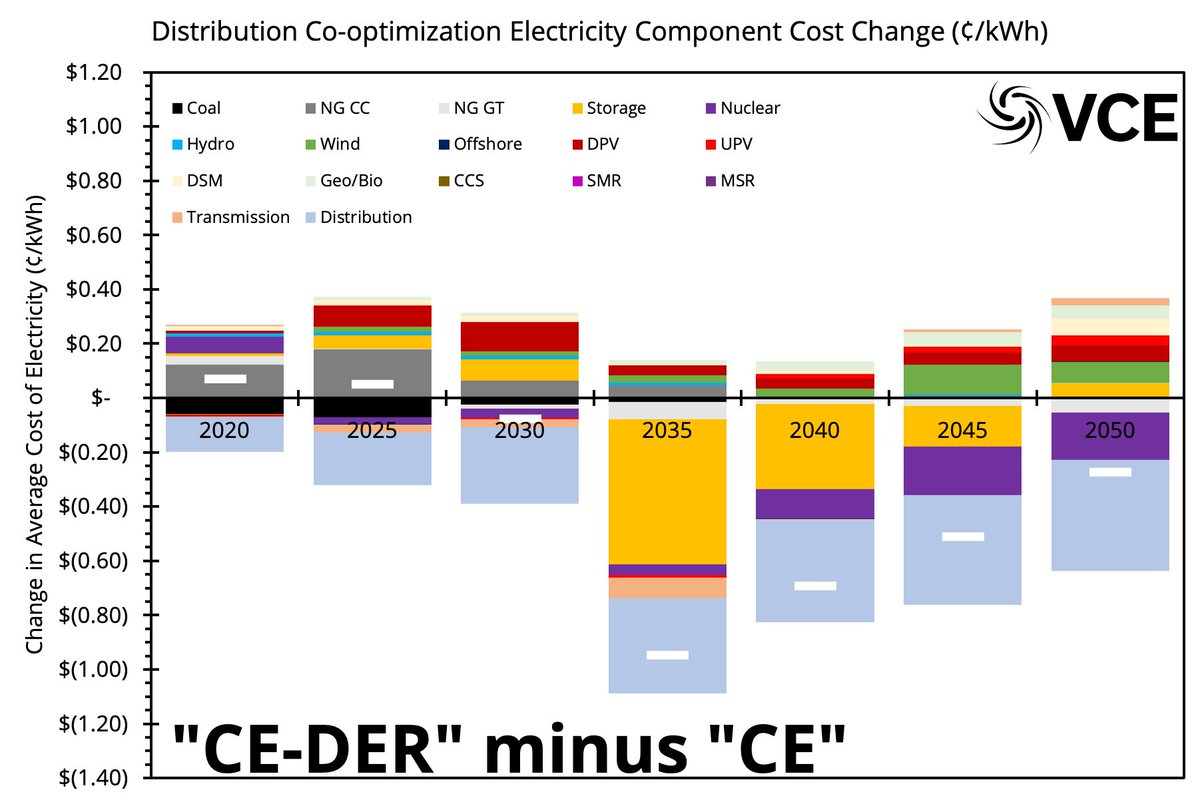
🚨NEW STUDY ALERT🚨
Today we release a new #study for @votesolar that looks at #electrifying and #decarbonizing #Michigan's #economy by 2050. A thread 🧵!
vibrantcleanenergy.com/media/reports/
Today we release a new #study for @votesolar that looks at #electrifying and #decarbonizing #Michigan's #economy by 2050. A thread 🧵!
vibrantcleanenergy.com/media/reports/

We computed 3 scenario pathways:
1) Duplicated three utilities IRPs
2) Clean economy by 2050 using utility generation
3) Clean economy by 2050 using both utility & distributed generation (via co-optimization)
1) Duplicated three utilities IRPs
2) Clean economy by 2050 using utility generation
3) Clean economy by 2050 using both utility & distributed generation (via co-optimization)

Main results (1)
Lower costs for customers ($773 p/a for res. + comm. & $70K p/a for industrial) compared with IRP.
Lower costs for customers ($773 p/a for res. + comm. & $70K p/a for industrial) compared with IRP.
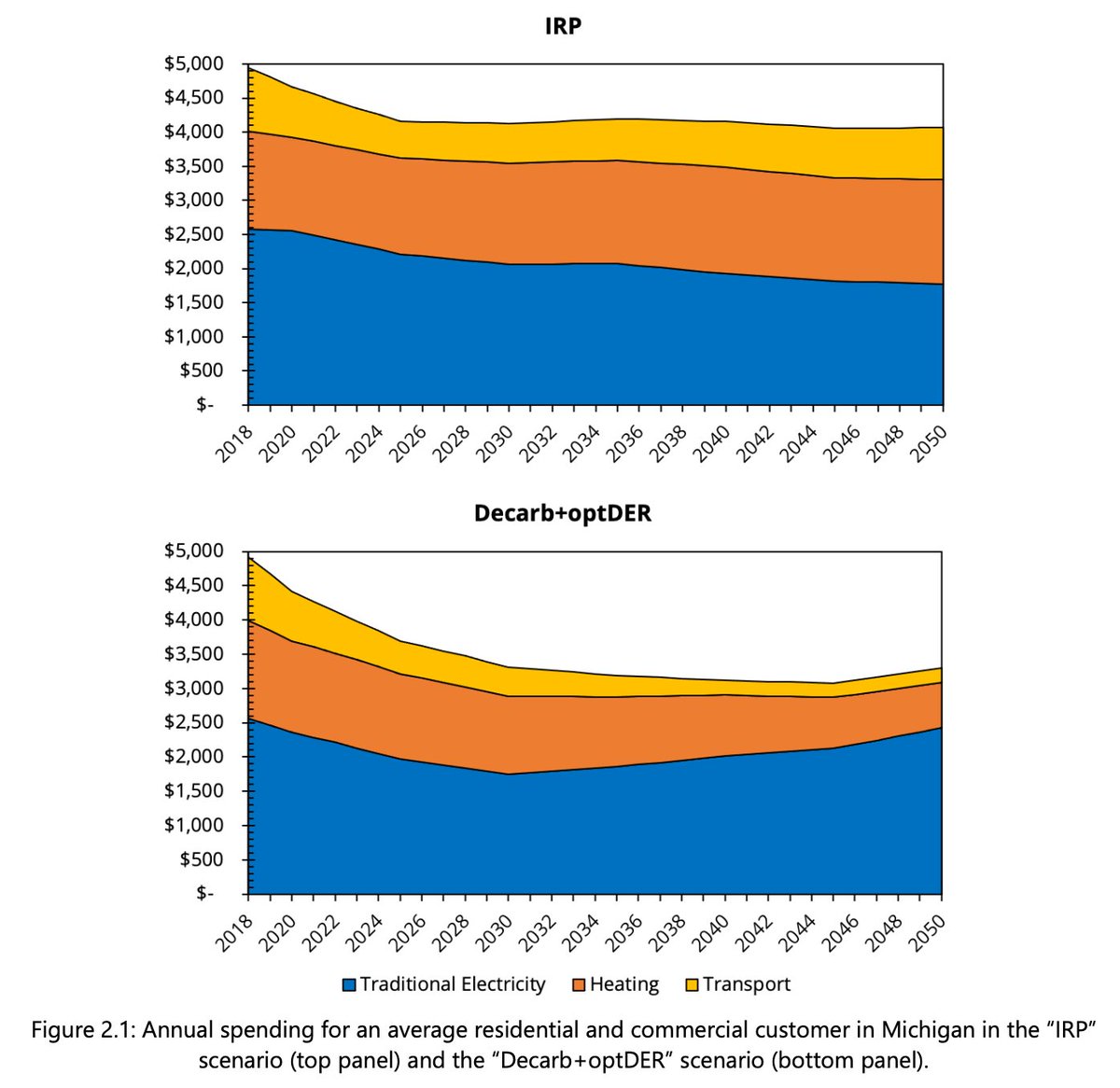
Main results (2)
Retail rates are substantially lower in all scenarios (including IRP), but addition reductions found in the electrified and decarbonized scenarios. This is important to encourage electrification. Total spending increases for electricity as more units required.

Retail rates are substantially lower in all scenarios (including IRP), but addition reductions found in the electrified and decarbonized scenarios. This is important to encourage electrification. Total spending increases for electricity as more units required.


Main results (3)
The installed capacity of generation is primarily wind with solar, storage & novel generation assisting. Distributed solar and storage help reshape demand effectively. Retiring coal and natural gas becomes a priority.


The installed capacity of generation is primarily wind with solar, storage & novel generation assisting. Distributed solar and storage help reshape demand effectively. Retiring coal and natural gas becomes a priority.

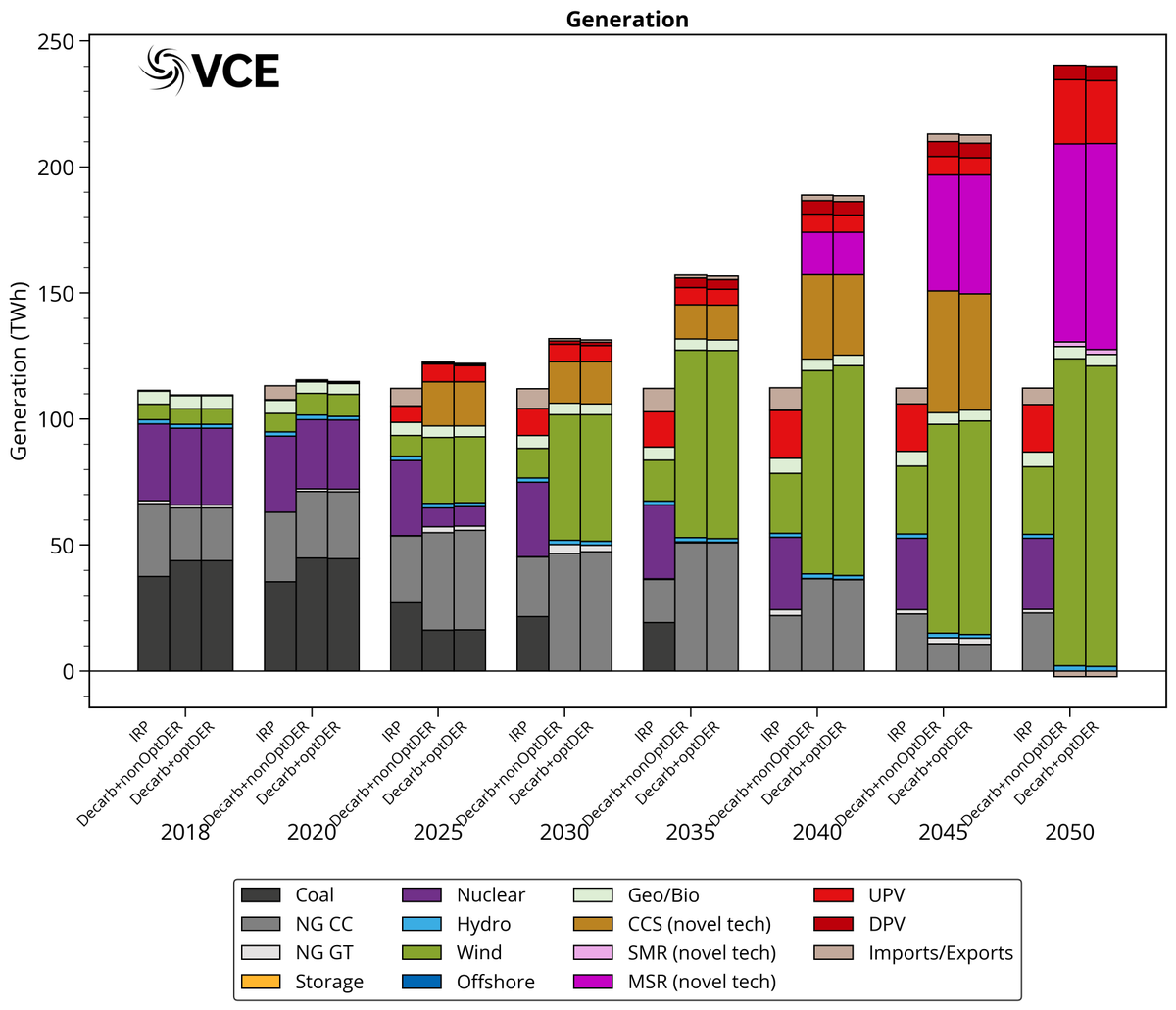

Main results (4)
The additional generation capacity leads to more jobs in the electricity sector. Some will transition from other sectors as well. There are many more jobs in the electrified and decarbonized scenarios.
The additional generation capacity leads to more jobs in the electricity sector. Some will transition from other sectors as well. There are many more jobs in the electrified and decarbonized scenarios.
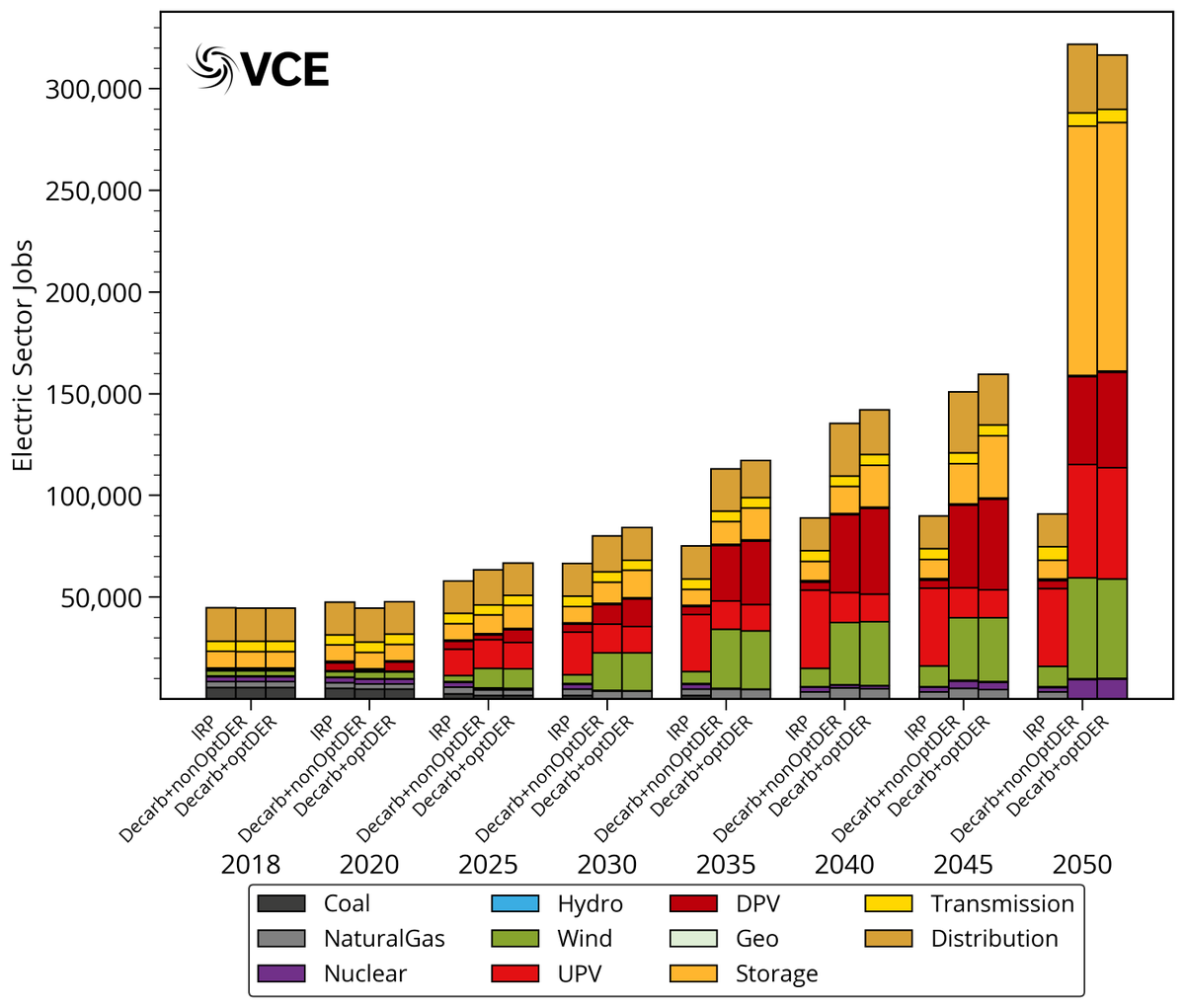
Main results (5)
To electrify and decarbonize reduces the emission of GHGs into the atmosphere. In fact, these scenarios avoid 2,000 Tg of CO2 entering the atmosphere compared with the IRP pathway.

To electrify and decarbonize reduces the emission of GHGs into the atmosphere. In fact, these scenarios avoid 2,000 Tg of CO2 entering the atmosphere compared with the IRP pathway.

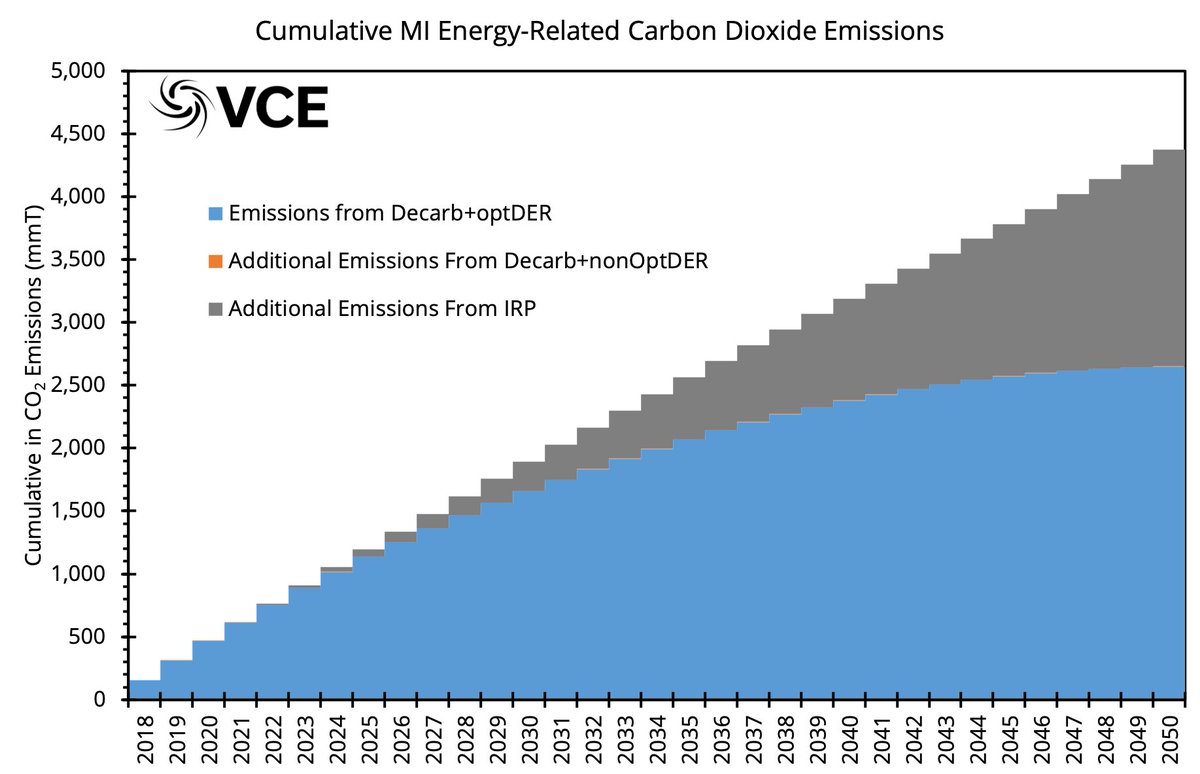
Main results (6)
In addition, other pollutants that cause damaging health issues are reduced and avoided. These are substantially reduced in the electrified and decarbonized scenarios. Essentially eliminated by 2050.
In addition, other pollutants that cause damaging health issues are reduced and avoided. These are substantially reduced in the electrified and decarbonized scenarios. Essentially eliminated by 2050.

Main results (7)
The WIS:dom-P model ensures that the grid is powered every 5-minutes across each 3-km grid cell without fail and with load following and planning reserves over multiple weather years through 2050. The third scenario uses all its resources in combination.

The WIS:dom-P model ensures that the grid is powered every 5-minutes across each 3-km grid cell without fail and with load following and planning reserves over multiple weather years through 2050. The third scenario uses all its resources in combination.


Main results (8)
The siting within WIS:dom-P plans the grid with generation, transmission, storage, H2, and distributed resources throughout the optimization. It takes into consideration restricted lands, limited access, and other land-use change considerations.


The siting within WIS:dom-P plans the grid with generation, transmission, storage, H2, and distributed resources throughout the optimization. It takes into consideration restricted lands, limited access, and other land-use change considerations.



In summary
1) Michigan can do better than current IRPs
2) It can even electrify & decarbonize economy at low cost
3) It is important to consider health, cost, land-use and other factors when determining pathways
4) Understand there are other pathways available.
1) Michigan can do better than current IRPs
2) It can even electrify & decarbonize economy at low cost
3) It is important to consider health, cost, land-use and other factors when determining pathways
4) Understand there are other pathways available.

Once again the report can be found here:
vibrantcleanenergy.com/wp-content/upl…
Or if you prefer from @votesolar here:
votesolar.org/wp-content/upl…
Vote Solar submitted comments for the Healthy Climate Plan votesolar.org/wp-content/upl…
vibrantcleanenergy.com/wp-content/upl…
Or if you prefer from @votesolar here:
votesolar.org/wp-content/upl…
Vote Solar submitted comments for the Healthy Climate Plan votesolar.org/wp-content/upl…
Press release from @votesolar here: votesolar.org/research-finds…
There will be a webinar (by @votesolar) on the study on March 3rd, 2022. You can register here: votesolar-org.zoom.us/webinar/regist…
@threadreaderapp unroll
• • •
Missing some Tweet in this thread? You can try to
force a refresh



